
Behind every well-known pasta dish is a story tied to place, people, and purpose. Some emerged from resourcefulness during hard times, others from regional pride or seasonal ingredients. So, let’s take a look at 20 pasta dishes that became full-blown cultural icons.
Spaghetti Alla Carbonara
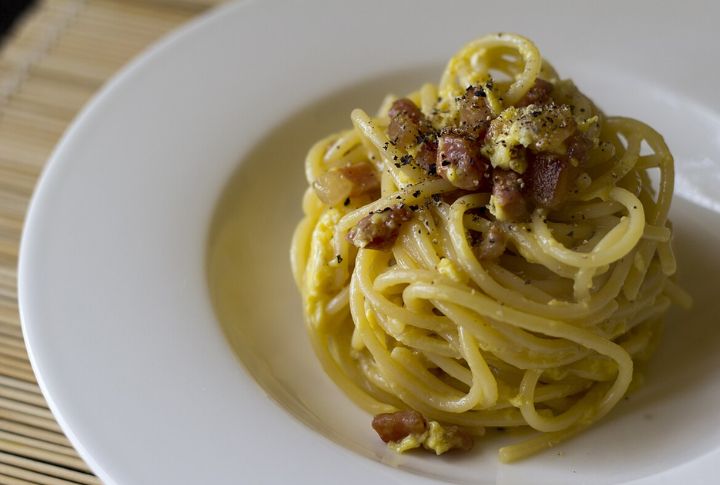
Spaghetti alla Carbonara traces its roots to Rome during WWII, when American soldiers introduced bacon and eggs to cooks. Inspired by these ingredients, Italians created a dish where hot pasta is tossed with eggs, cheese, bacon, and black pepper to form a creamy sauce without using any cream.
Pasta Primavera
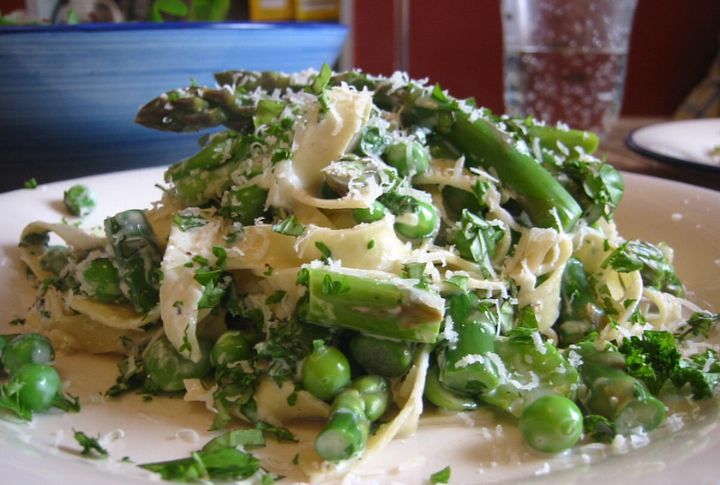
Despite its Italian name, Pasta Primavera (meaning “spring pasta”) was created in New York City during the 1970s. The dish quickly gained popularity for showcasing fresh, seasonal vegetables. Lightly sauteed and vibrant, these vegetables are tossed with pasta, making Primavera a celebration of spring produce.
Pasta Puttanesca
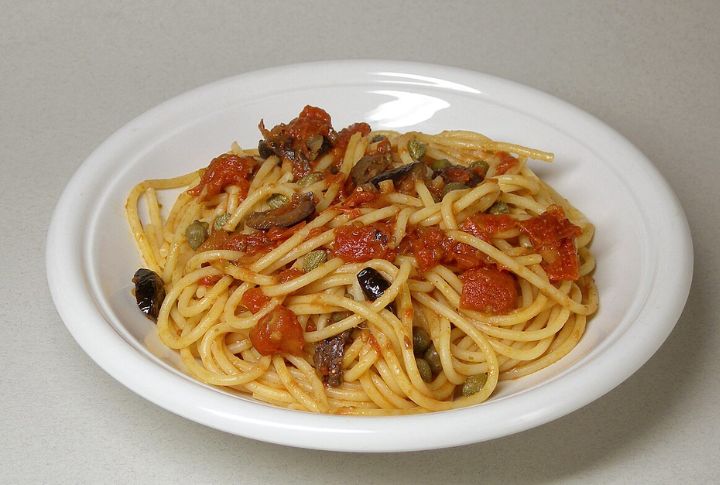
Pasta Puttanesca stands out for its bold, tangy flavor built on tomatoes, garlic, and a punchy mix of anchovies, olives, and capers. These salty, briny ingredients make Puttanesca a distinctly flavorful option rooted in Mediterranean-style cooking traditions.
Tagliatelle Al Ragu
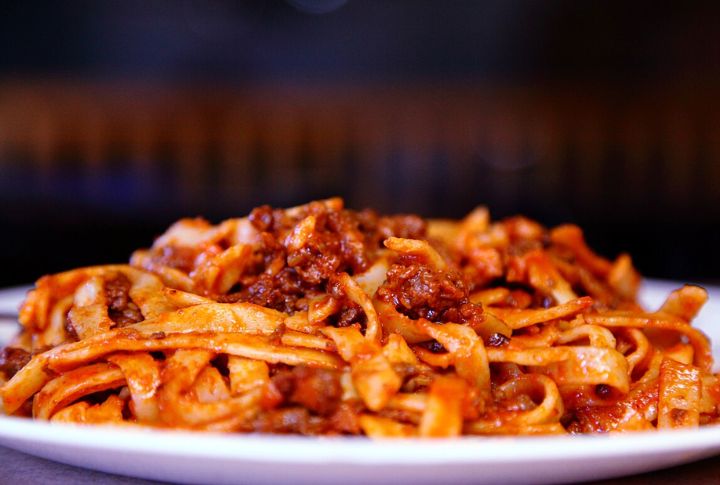
Tagliatelle al Ragu originates in Bologna, Italy, and is traditionally paired with tagliatelle—a pasta shape not commonly found in other dishes. What sets this meal apart is its sauce, which is slow-cooked for several hours, allowing it to develop a deep flavor that defines the dish.
Pasta Alfredo
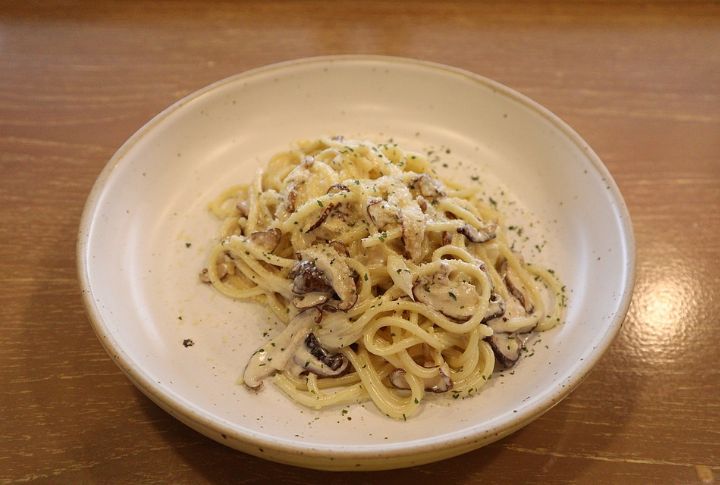
This dish was created in Rome by Alfredo di Lelio, who prepared it for his pregnant wife. The dish became known for its creamy flavor, achieved by blending butter and Parmesan cheese. This simple combination also gives Alfredo its signature texture.
Pasta Aglio E Olio
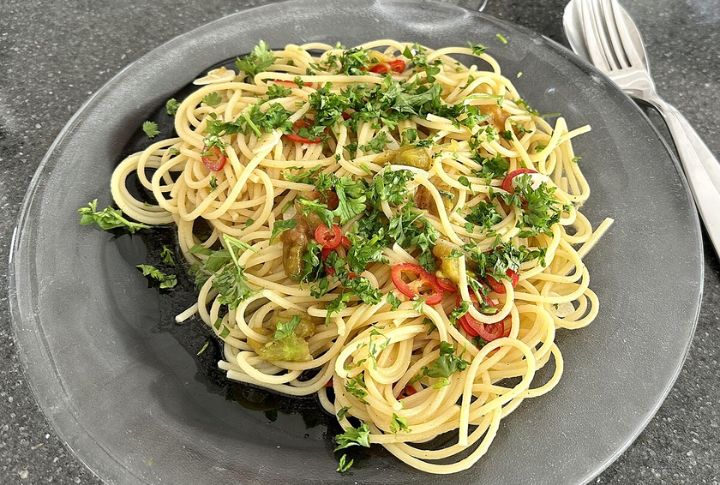
Steeped in tradition, this dish begins by sauteing garlic in a drizzle of olive oil, followed by tossing it with pasta and a bit of cooking water. A staple of Italian cuisine, it’s famously served in Rome as a go-to midnight meal after a long night out.
Pasta Alla Norma
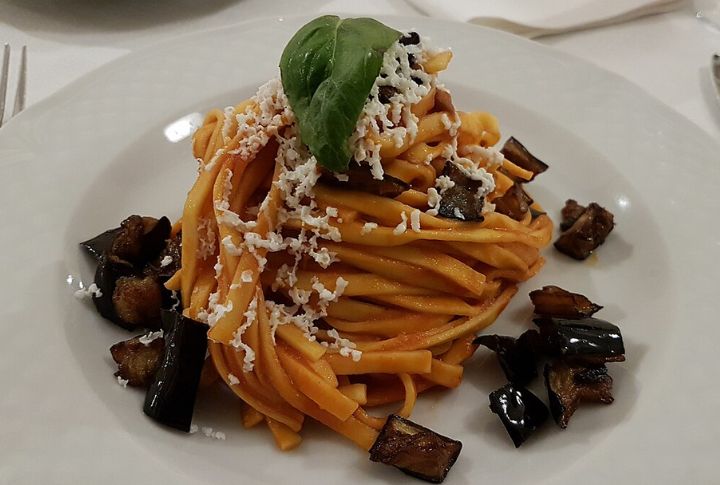
Named after Vincenzo Bellini’s opera “Norma,” Pasta alla Norma holds deep cultural roots. It’s celebrated not just for its namesake, but for its flavor—fried eggplant paired with tomato sauce and ricotta cheese. The result is a pasta that showcases Sicily’s love for bold cooking.
Pasta Alla Gricia
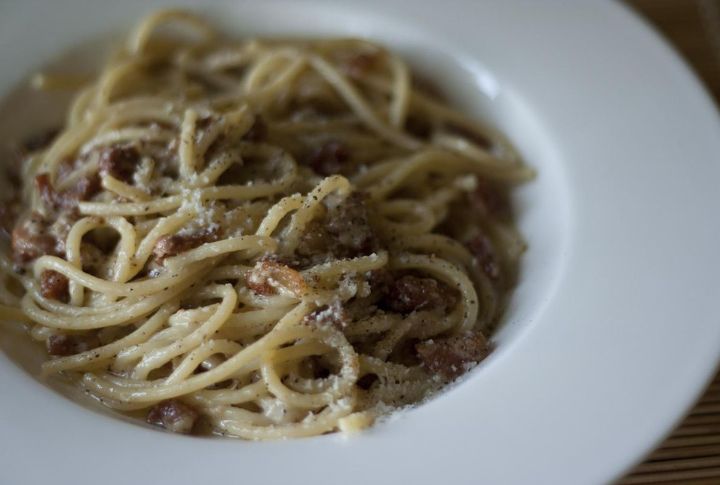
Pasta alla Gricia is known for its savory flavor, created by the combination of guanciale (a cured pork cheek) and Pecorino Romano cheese. It also holds cultural significance as one of the “four pastas of Rome,” a group of classic dishes that represent the culinary traditions of the Italian capital.
Pasta E Fagioli
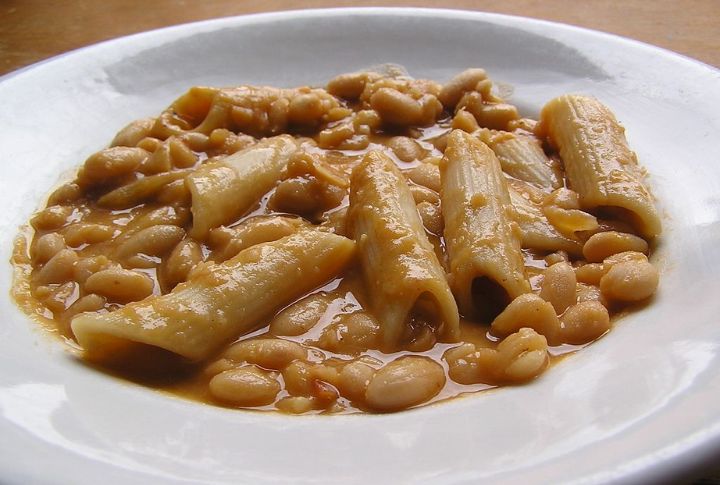
Meaning pasta and beans, Pasta e Fagioli is a hearty dish rich in fiber. Often called “the dish of the poor,” it’s valued for using simple, inexpensive ingredients that still offer solid nutrition in every comforting bowl. That’s how its popularity across Italy stems from its humble roots.
Pasta Con Le Sarde
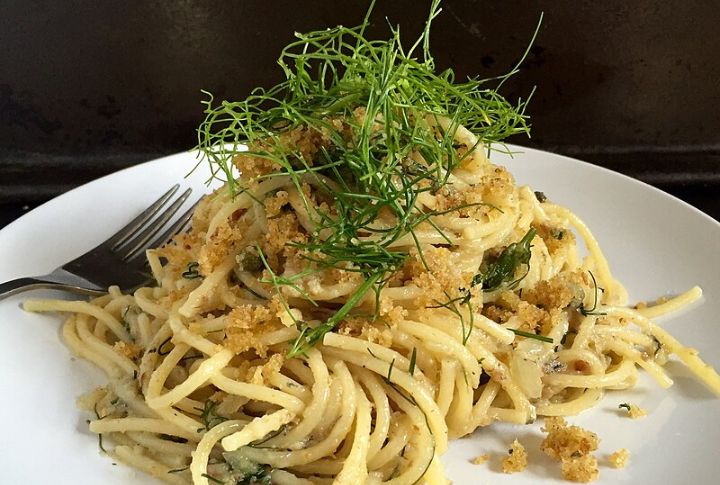
This one on the list features fresh sardines, wild fennel, and saffron. Traditionally, it’s prepared during the Feast of San Giuseppe, celebrated on March 19th. Hence, the dish reflects both regional pride and religious tradition through its seasonal ingredients.
Pasta Alla Genovese
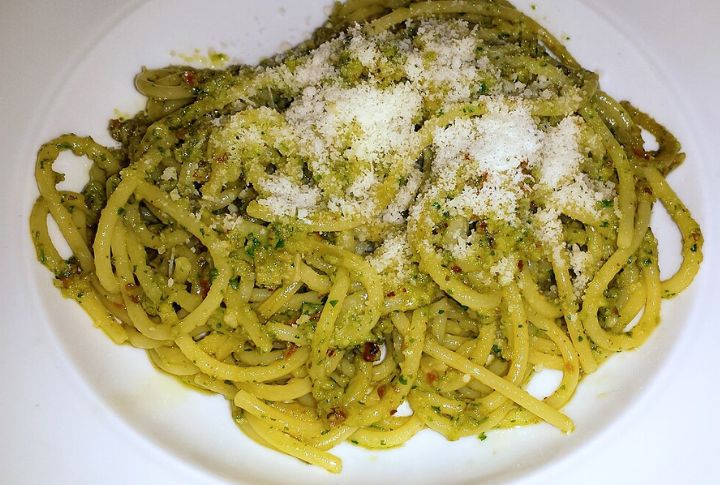
Rich flavor defines Pasta alla Genovese, thanks to its onion and beef sauce that’s slow-cooked for at least 10 hours. This deeply savory dish traces its roots to Genoa, the capital of Liguria, where it was first created and earned its name through regional tradition.
Pasta Alla Pescatore
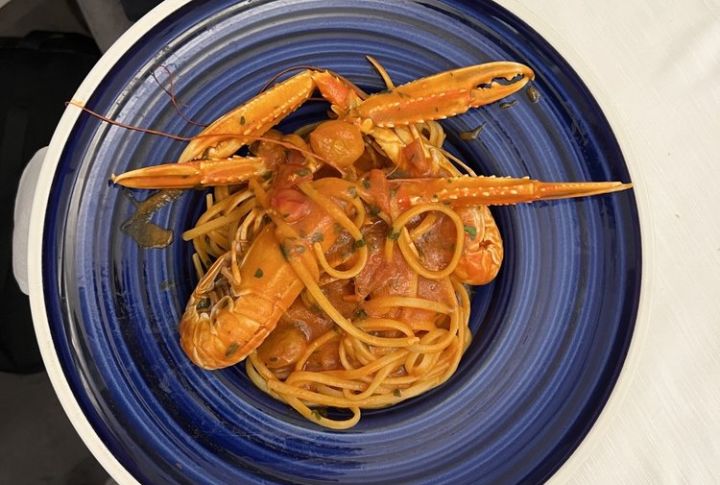
Pasta alla Pescatore highlights high-quality seafood like clams and prawns, and is a staple in Italy’s coastal regions. The dish also reflects a lifestyle shaped by the sea and ingredients sourced straight from local waters.
Pasta Alla Vongole
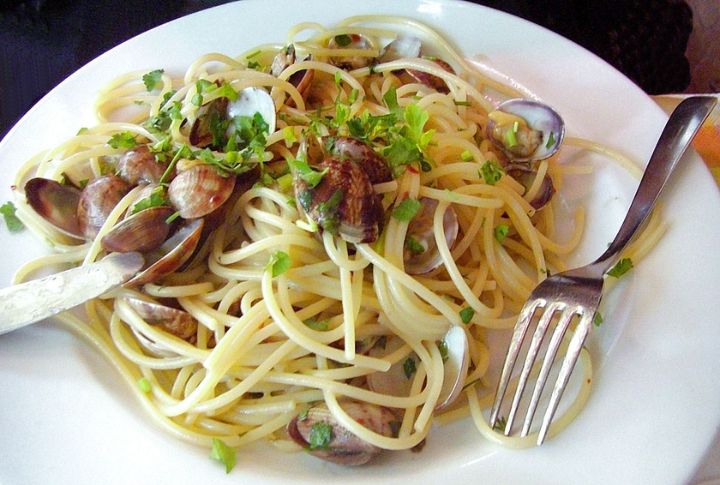
A swirl of garlic, olive oil, and white wine brings clams to life in Pasta alla Vongole. Once tossed with pasta, the dish converts into a classic. Interestingly, in Campania, this dish is a tradition, especially on Christmas Eve, when it often graces tables across the coastal region.
Pasta Alla Cacio E Pepe
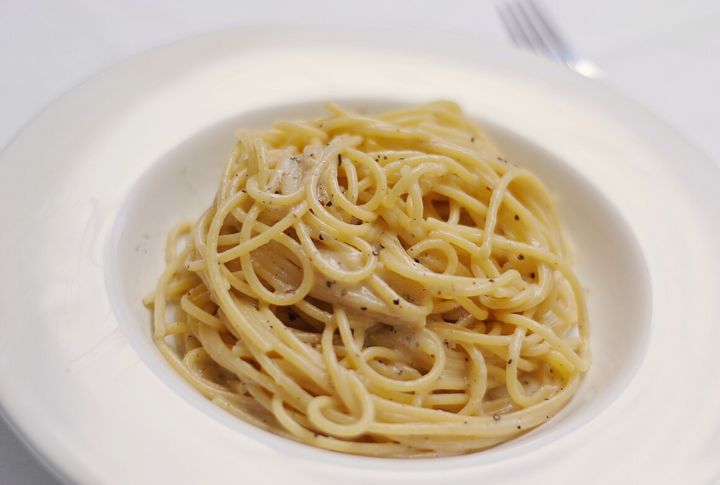
When winter hits Rome, Pasta alla Cacio e Pepe often makes its way to the table. This Roman classic delivers bold flavor with just Pecorino Romano and black pepper. Simple ingredients, expertly balanced, make it a go-to comfort dish rooted in tradition and perfect for cold-weather cravings.
Pasta Alla Zozzona
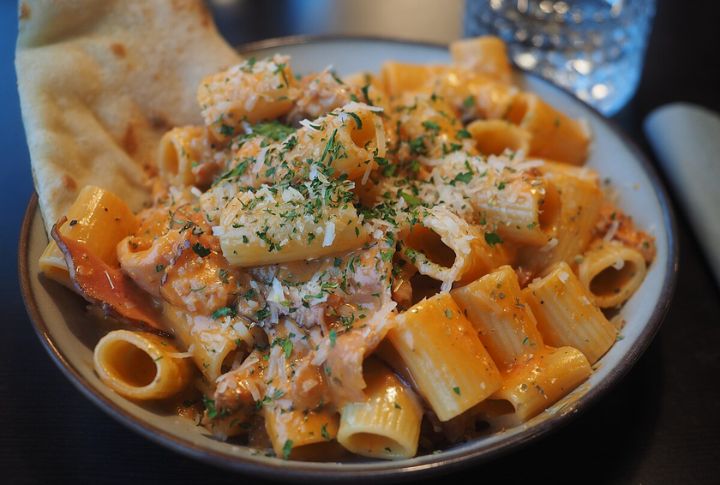
Call it chaotic or call it genius—Pasta alla Zozzona blends Carbonara, Amatriciana, and Cacio e Pepe into one bold Roman dish. Moreover, “zozzona” means “dirty” in the local dialect, which gives a playful nod to its messy mix of ingredients.
Pasta Alla Amatriciana
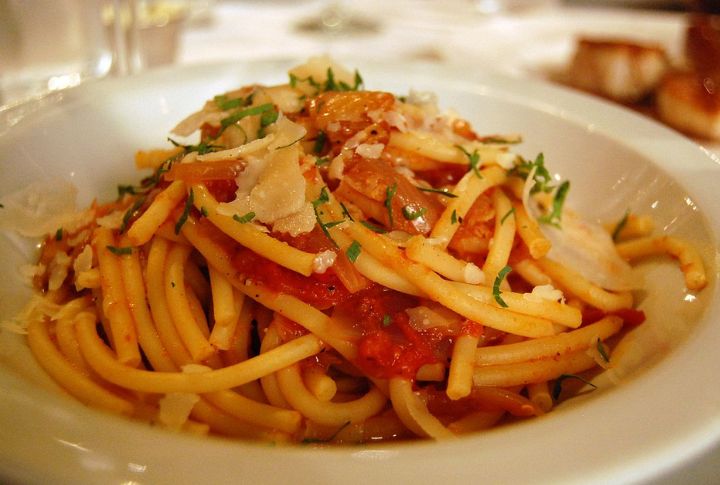
Originating in 17th-century Amatrice, Pasta alla Amatriciana stands out for its simplicity. The dish combines guanciale with sharp Pecorino cheese to create its signature flavor. Plus, its roots and ingredients reflect a timeless tradition born in the hills of central Italy.
Pasta Al Tonno
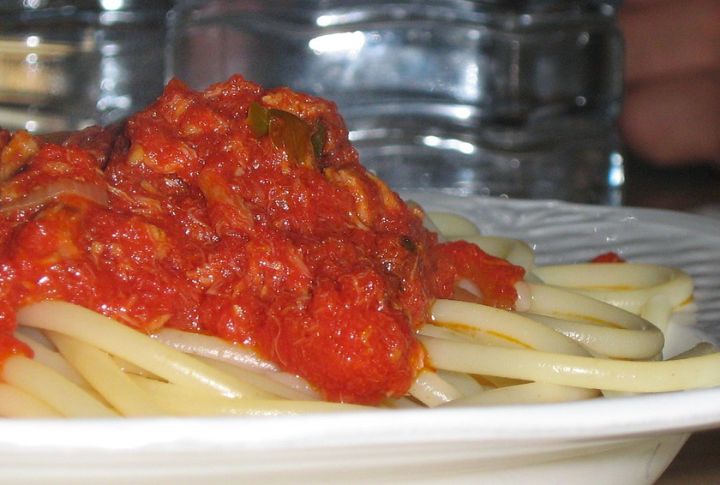
Fridays during Lent call for Pasta al Tonno in Italian households. Made by sauteing canned tuna with garlic and tomatoes, this dish offers a flavorful alternative to meat. This dish’s simplicity makes it a regular favorite during meatless meals across Italy.
Pasta Al Pesto
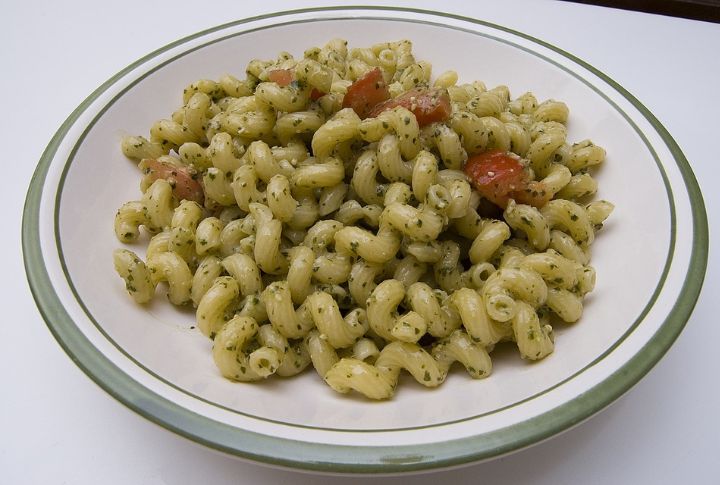
In Liguria, Pasta al Pesto begins the traditional way—crushing garlic, pine nuts, salt, basil, Parmigiano-Reggiano, and pecorino sardo in a marble mortar. Though deeply rooted in local heritage, the dish now enjoys global fame with creative variations.
Pasta Alla Trapanese
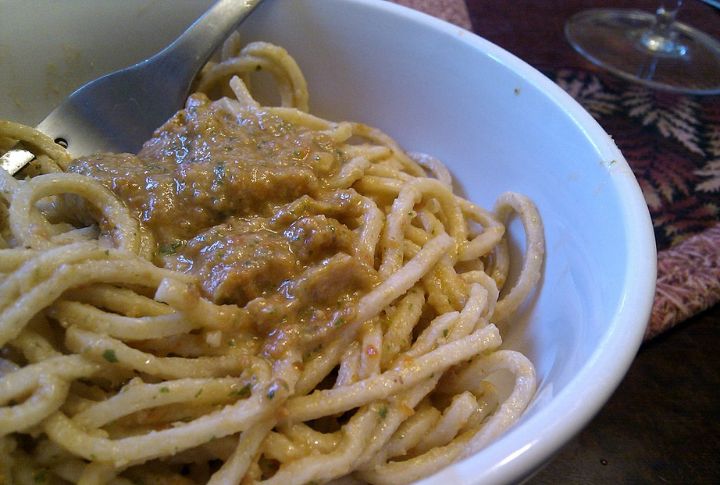
Pasta alla Trapanese features a fresh sauce of raw tomatoes, almonds, garlic, and basil. Its origins go back to the Middle Ages when Genoese sailors introduced pesto to the region. The result is a flavorful dish shaped by maritime influence and local ingredients.
Pasta Alla Chitarra
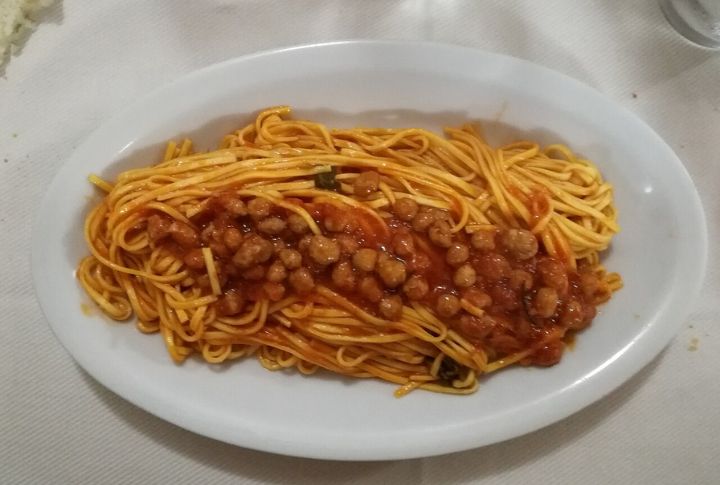
Strings of pasta get their shape from a “chitarra”—a wooden frame strung like a guitar—giving Pasta alla Chitarra its name. Hailing from Abruzzo, this traditional dish is often paired with a basic tomato sauce or a rich ragu of lamb or pork, depending on the occasion.
Leave a comment